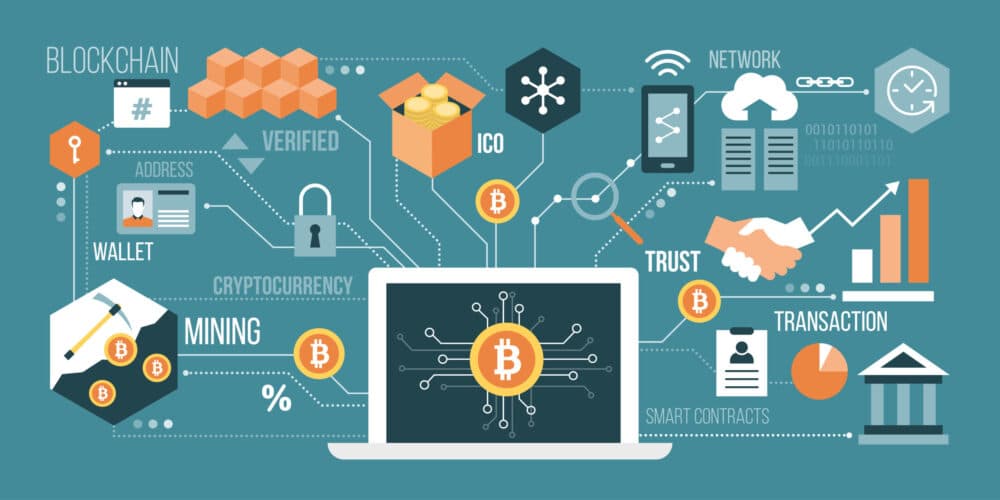
“We do not have a debt crisis right now, but we see it coming. We know it’s irrefutably happening. And the point we’re trying to make with our budget is let’s get ahead of the problem.”
– Paul Ryan

April 2, 2025 — You guys surprised me. Over the last 30 years, anytime I wrote anything that was, in any way, critical of Social Security, there was a tsunami of angry letters and cancellations.
But over the weekend, I didn’t get a single angry letter. Instead, I heard from dozens of people who, like me, are deeply concerned about our country and its enormous debt load.
Here’s a sample:
It was very depressing to read that article, but I do believe you are right… I feel so betrayed by the people like Richard Syron and a long list of others who have stolen our future and our children’s future…”
I have believed for over a decade that the only way the government can get out of this debt trap is to inflate their way out of it… If this is not managed, what about civil unrest and the fabric of society?”
I do not have the wealth or the knowledge that you have gained over the years. It is quite a bleak picture you have painted for us. I appreciate your wisdom but sometimes wish I didn’t read what you just wrote…”
Stay the course and keep telling the truth. Greatly appreciate you taking the time to dig in and give a real breakdown on things I’ve intuitively known but never had the urge to go quantify.”
If tariffs, a trade war, and unsustainable levels of U.S. government spending and debts will destroy the entire global financial system in the next four years, why did I just spend $10,000 to become a Porter Partner? What good is investing in good companies if the entire global financial system is going to hell?”
I have said basically the same for the last 20+ years – that in my lifetime (65 now) that the U.S. will default on their debt obligations at some point…. I’m a tad perplexed on keeping much, if any monies in stocks if the situation is truly doom-n-gloom. Would it not be better to go to gold and safer currencies than the U.S. dollar?”
Continued Below…
New exposé from the man who predicted 2008 financial crisis:
Trump and Musk’s Secret Plan to Redraw America’s BordersThe world’s two most powerful men are reclaiming thousands of acres of abandoned land… and it could make millions for those who understand this new map of America: Watch now: Discover the #1 investment to make |
How To Protect Yourself
I want to answer the two most frequently asked questions from readers.
First, if there’s a global financial reset and a U.S. default, what should I do today to help protect myself?
Friends, I’ve been teaching investors how to protect themselves from the government’s runaway debts and deficits since I wrote my first documentary about these problems (The End Of America) in 2010.
I believe there are three core things to do to protect yourself:
- The very best way to protect and continue to grow your wealth is to own a great business
- You MUST own gold, and I believe Bitcoin is becoming a world reserve currency, too
- You MUST raise cash, so that you’re prepared to take advantage of extreme volatility
There are dozens of other things you can also do – like using the relatively high value of the dollar today to buy productive real estate (farms, timber, well-located commercial properties) or buying foreign stocks. You can hold higher-quality currencies, like Swiss francs, or Singapore dollars. You can buy distressed corporate bonds, when they provide extremely high levels of yield (like we do with Marty Fridson in Distressed Investing).
The point is, you must make sure that your capital is out of long-duration, dollar-denominated debts, like U.S. Treasury bonds. You also must avoid investing in businesses that are vulnerable to higher interest rates.
But I don’t believe that means you should sell all your stocks. In fact, I believe the opposite: high-quality businesses are the very best form of asset protection.
There’s only one caveat: you must be well-suited intellectually and emotionally to be an investor. If you panic and sell your investments just because they fall in price, you shouldn’t own any stocks.
Why do I believe that great businesses are the best form of asset protection?
Because while the collapse of the Treasury-bond market and the end of the global dollar financial system will certainly be catastrophic for many companies, there are still plenty of great businesses that will continue to provide goods and services and earn good profits.
Here’s Coke’s (KO) dividend-payment record from 1929 through 1937 – during the Great Depression.

And the share price? Closed on the last day of 1927 at $127. By the end of 1937, it was trading at $114. But the nominal price of the stock is very misleading: there was a four-for-one split in November 1935. The real value of your shares grew 259%, from $127 to $456. And your dividends never fell below their 1929 level and ended 350% higher.
How should you allocate your assets?
Well, that depends on your circumstances and your risk tolerance, etc.
Whatever you do, at the very least, make sure you’ve got at least 10% of your net worth in gold or gold and Bitcoin. Why? Because as the dollar loses its pricing power, gold and Bitcoin will protect the real value of your money.
Look at this chart. It shows the price of stocks (the Dow Jones Industrial Average) measured in gold. What this chart shows you is that gold has been outperforming stocks since the 2000 bubble. I expect that will continue until the dollar’s final collapse.

With our government struggling to avoid bankruptcy – launching tariffs, trade wars, and, inevitably, much higher taxes – there will be periods of panic and volatility in the markets. You will want cash in those moments to buy great businesses. Coke’s share price fell from $171 in 1928 to $75 by the end of 1932, before rising again, as we showed above.
If you’ll use gold and Bitcoin as your “cash reserves” you will have the opportunity, from time to time, to buy great assets.
And think about this…
We’ve seen four massive bubbles in financial assets in the last 25 years: the dot-com bubble (1999), the real estate bubble (2006), the COVID bubble (2020), and the artificial intelligence (“AI”) bubble (2024). Each of them has led to a crash within 24 months. You’ve seen this happen again and again. Why? Because our monetary system is broken. It will continue to lurch between bubbles and busts, and the volatility will get worse. You can think of the dollar-based global financial system as a child’s toy – a top that’s spinning and losing speed. As it fails, it’s going to wobble and eventually topple.
Is Default Even Possible?
The second question I got from virtually everyone over the weekend was: Is a default even possible – why won’t the government just print all of the money it needs to pay these debts?
You should ignore anyone who says the government will not default because it can simply print all of the money it needs. That is absolutely false.
Why? Because most ($70 trillion) of the government’s obligations are linked to transfer payments that are protected, by law, from inflation. Printing more money will only make these obligations grow: they can’t be printed away.
Almost immediately after President Richard Nixon defaulted in 1971 (by refusing to honor the Bretton Woods monetary agreement), Congress passed the Social Security Amendments of 1972. This law introduced cost-of-living adjustments (“COLA”), which became effective in 1975. These are automatic annual adjustments to Social Security benefits based on increases to the Consumer Price Index for Urban Wage Earners (CPI-W).
As it was originally written, there was a “safety valve” of sorts in this law: these adjustments required a 3% annual threshold before taking effect. Thus, as long as inflation was under 3%, COLA adjustments wouldn’t occur automatically. But the Omnibus Budget Reconciliation Act of 1986 eliminated that provision and instead requires the Social Security Administration to calculate and apply annual COLA adjustments to benefits whenever the CPI-W increases by more than 0.1% between the third quarter of the previous year and the third quarter of the current year. This is an automatic increase to benefits every year that is required by law.
But even that isn’t the biggest threat to the Treasury.
The real “hole in the tub” is the Orwellian-named Inflation Reduction Act of 2022, which caps Medicare beneficiaries out-of-pocket prescription drug costs at $2,000 per year and limits insulin costs to $35 per month.
These laws are ticking time bombs because they grant unfunded and unlimited financial benefits as a matter of law.
We all, I’m sure, have different opinions about whether the government should be in the business of providing healthcare to citizens. But whether you agree or disagree with the law, simply mandating something doesn’t make it so. Someone must make those drugs and someone has to provide that healthcare. If the government is paying, you can bet it’s going to cost about 10 times more than it should.
The entire Social Security system is completely unaffordable and unworkable. And there is no chance that these laws get reformed. No one is even allowed to discuss these problems.
We’re sleepwalking into a financial collapse.
Porter Stansberry,
Porter & Co. and Grey Swan
P.S. from Addison: Porter presents much deeper analysis and insightful investment recommendations in his latest research video, which you can watch here.




